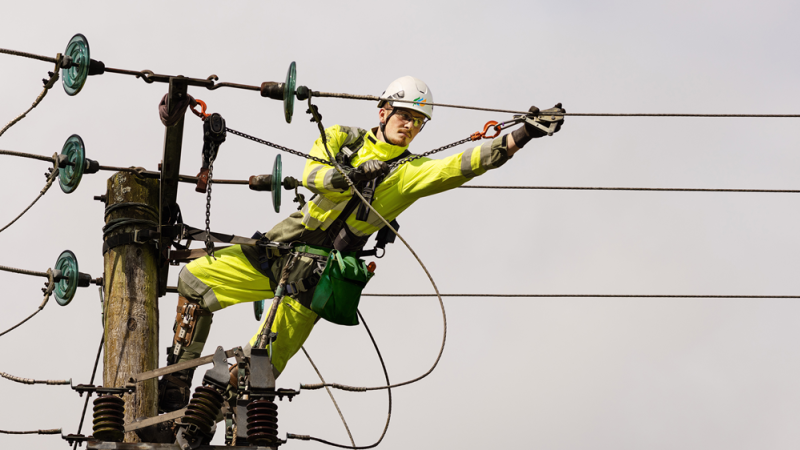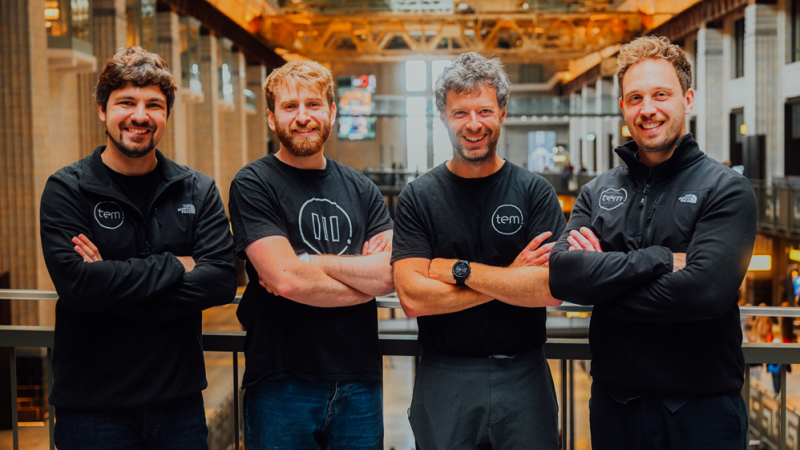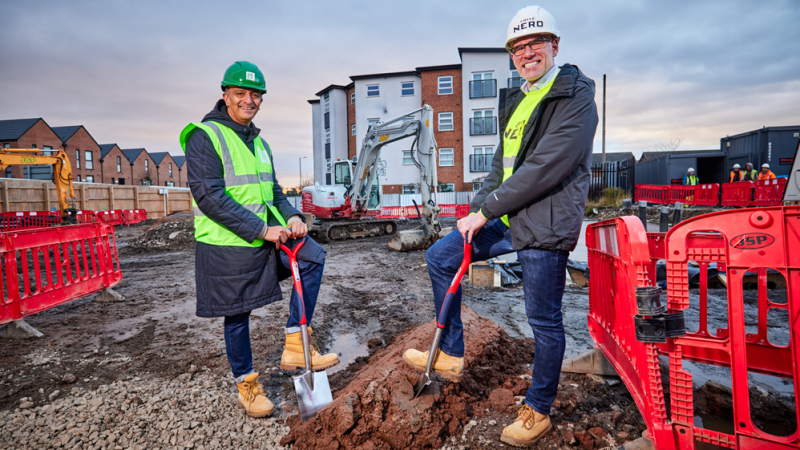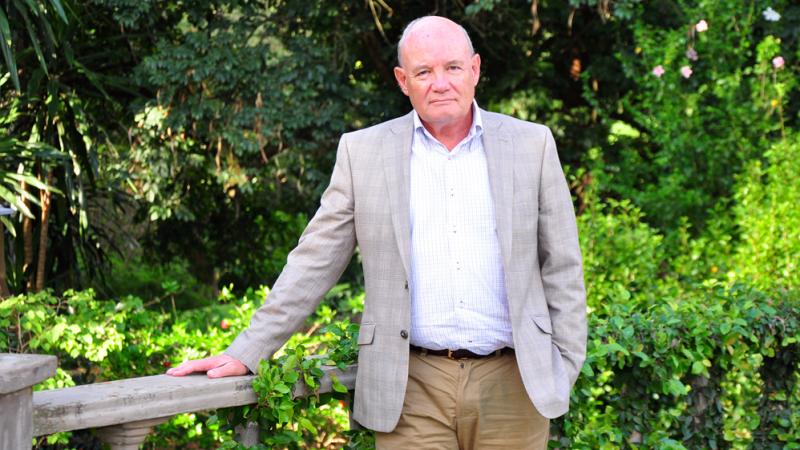Founded in 2016, the Federal Company for Radioactive Waste Disposal (BGE) is the only company in the country responsible for the disposal of radioactive waste deep underground on behalf of the German federal government. With its 2,300 people and 8 sites across Germany the company works in line with the German government’s commitment to rectifying past storage decisions and ensuring long-term environmental protection.
“There are two primary categories of radioactive waste: low- and medium-level waste (LMLW) and high-level waste (HLW),” explains BGE’s CEO Iris Graffunder. “We are responsible for managing the disposal of low- and medium-level radioactive waste, and in addition, are also looking for a site to provide the greatest possible safety for the final disposal of high-level radioactive waste in Germany.”
A true expert in her field, Graffunder has been Chair of the Managing Board of the BGE since 2024. After graduating from radiation protection, she has spent her entire professional career working on the dismantling of nuclear facilities and the disposal of radioactive waste. At BGE, she is responsible for site selection for the repository for high-level radioactive waste, product control, finances and communication.
“When the Chernobyl accident occurred, I just passed my school leaving examinations and I wanted to find out more. After 30 years of experience in the nuclear sector, it was now the right time to move to BGE in order to be able to play a crucial role in the final years of my career: finding solutions to the Achilles heel of the nuclear industry, namely the issue of the nuclear waste final disposal.”
A Landmark Project
BGE’s largest site and one of the most significant projects now under construction is the Konrad repository, a former iron ore mine being converted into a final storage site for low- and medium-level nuclear waste, and the first repository licensed in Germany under the nuclear law. “The repository with a capacity of up to 303,000 m3 is planned to start placements in 2030,” says Graffunder.
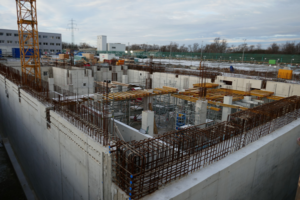
She further explains that the Konrad repository is located at a depth of approximately 1,000 metres in rock formations that have remained geologically stable for 300,000 years. This stability ensures that the repository can safely contain nuclear waste for at least a million years – an essential criterion for preventing radiation exposure.
BGE’s COO Thomas Lautsch explains that additionally, the Konrad site is exceptionally dry, a crucial advantage in nuclear waste storage. The stability of northern Germany’s geology, with no significant tectonic activity, further reinforces the repository’s safety.
“As one would expect in projects of this complexity and significance, there are both advantages and challenges,” he says. “Unlike greenfield projects that require extensive geological assessments, the Konrad site benefits from decades of operational knowledge, which is a great benefit. We know exactly what we have. The mine is geologically stable and dry, which is essential since water is a primary factor in nuclear waste mobility.”
Synergy of the Right Expertise
However, adapting a 1960s mine into a modern repository involves extensive upgrades. “Transitioning from an old mine to a nuclear waste repository requires detailed configuration management. This process is akin to renovating an old house but on a much larger scale, where multiple infrastructure components must be upgraded while maintaining operational safety.”
“Konrad requires new hoisting systems, ventilation structures and underground infrastructure to bring the facility up to the safety standards of the 2030s. We are not only re-constructing the mine, but will also be operating the facility, and the equipment will be state-of-the-art.”
The administrative management presents another challenge. Compliance with strict nuclear regulations standards requires rigorous documentation and approval processes, with each stage involving thousands of pages of technical analysis. “As one can imagine, this is very time-consuming. Every structural plan undergoes thorough review by expert authorities, a process that can take years.”
The construction site employs over 1,000 workers, including 500-600 from BGE. Additionally, hundreds of contractors contribute specialized expertise in tunnelling, hoisting systems, and underground construction. While many contractors are German, international companies have also been involved, leveraging their experience in mining and tunnelling.
This is the area which fully falls under Dr Lautsch’s expertise. “I’m a mining guy by heart and by education. After graduating in mining engineering, I started my career in the coal fields in western Germany, and later moved to international project management which has always focused on planning, construction and operation of mines,” he says, reflecting that his experience coupled with Ms Graffunder’s expertise in radioactive waste and radiation protection provides a unique synergy to lead the project to a successful completion.
The Future of Nuclear Waste Management in Germany
While the Konrad repository is BGE’s and Germany’s landmark project, the other sites are no lesser feats. Gorleben, for example, was initially considered for HLW disposal but the idea was ultimately abandoned due to political and social opposition. “After extensive underground exploration, the project was closed in 2021, with backfilling of the mine and shafts and dismantling of the surface facilities now in progress. This should be completed by 2031,” says Graffunder.
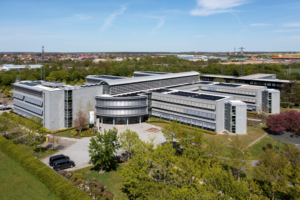
The company is also closing older storage sites that are obsolete now or no longer meet safety requirements. The Asse mine, a former potash and salt mine, was a test repository but has encountered water infiltration and instability issues, leading to plans for waste retrieval and relocation. The legal mandate for retrieval was received in 2013 with the expectation of starting retrieval in the middle of the 2030s.
The other older site, the Morsleben depository of low- and intermediate-level waste, is the first German repository that is to be decommissioned in accordance with nuclear law and with the waste left in place. “Decommissioning documents are to be submitted to the responsible authority by 2026, aiming for approval by 2028,” says Graffunder.
In concluding, she highlights the fact that while the Konrad repository addresses LMLW, Germany is also intensively exploring solutions for high-level waste. The BGE, on behalf of the German government, has restarted the search for a suitable high-level waste repository site. “This will be achieved following a science-based, transparent procedure, aiming to find a site that would guarantee the best possible safety for at least a million years. Suitable siting regions for above-ground examination should be identified in 2027.”
Given the extent of the work required across its sites, it seems that there are years of hard work ahead for BGE. However, it also seems that the company has sufficient experience and resources to achieve a successful completion of its challenging projects.


